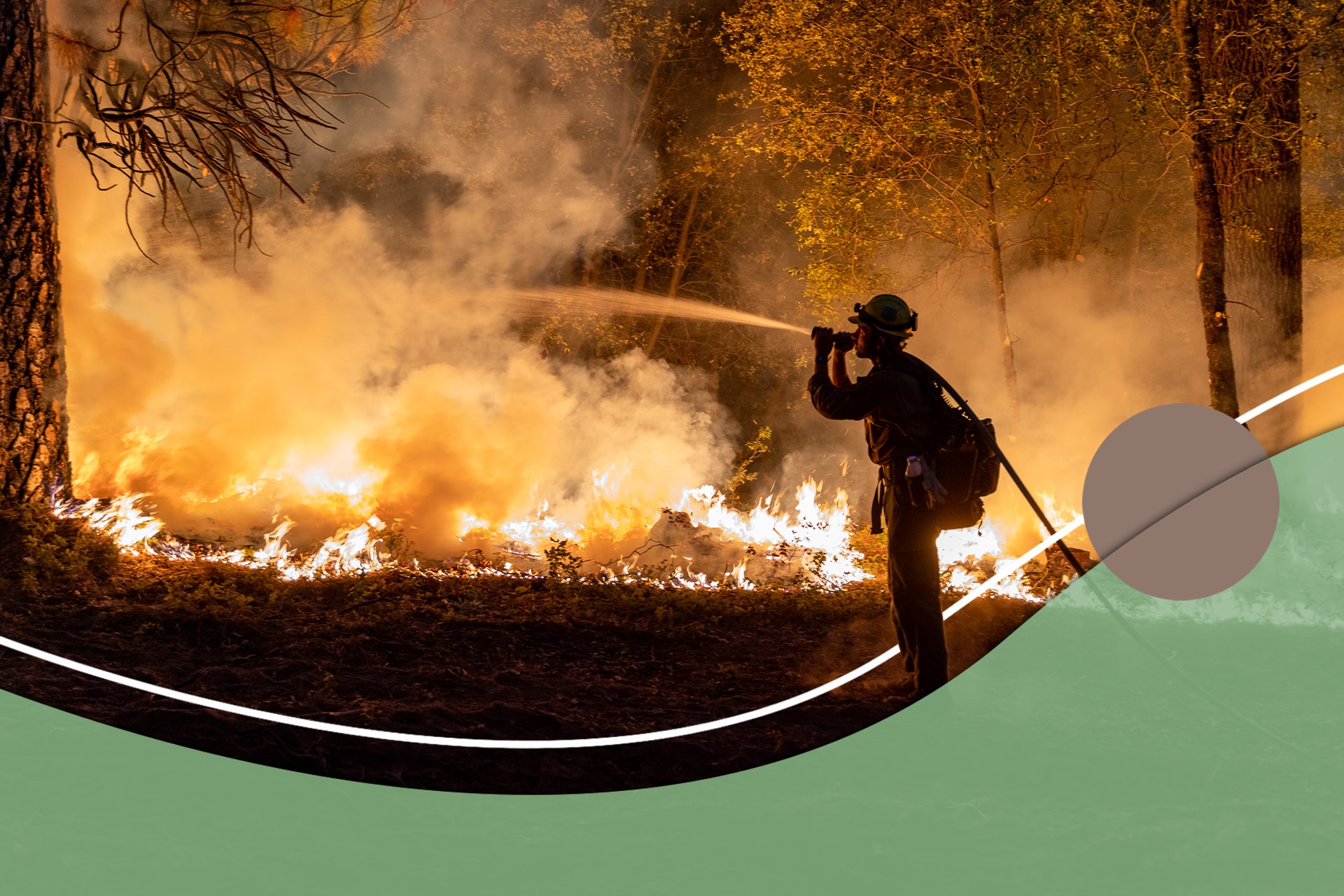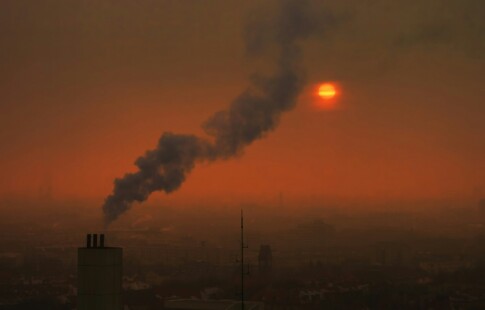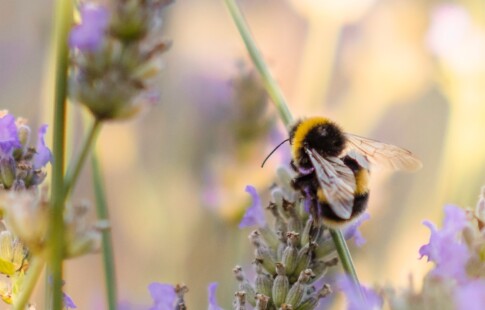
How Do Forest Fires Affect Climate Change?
We are reader-supported. When you buy through links on our site, we may earn affiliate commission.
Within the past decade, California experienced some of the largest wildfires in American history. Intense flames took homes, camps, agricultural land and natural vegetation. The frequency of global forest fires is increasing every year. How do these forest fires affect climate change
As scientists evaluate the increase in fire occurrences and intensity, one essential variable stands out. Climate change both contributes to and is a consequence of the rise in expansive burning. To understand the connection between altering weather patterns and forest fires, we must first evaluate climate change as an independent concept.
What is Climate Change?
Climate change is a consequence of rising global temperatures. It refers to alterations in precipitation, wind and other weather patterns occurring over extended periods.
Changes in consistent weather patterns cause a ripple effect of destruction in the global ecosystem. The sea levels rise, food supply shrinks and animals’ habitats degrade due to climate change. Some species can adapt to these alterations, and others become extinct.
These changes are direct consequences of humanity’s actions. As we pollute the environment with greenhouse gases, toxins and microplastics, we affect the functions of the global ecosystem. Human-induced air pollution contributes to the enhanced greenhouse effect.
The greenhouse effect is the planet’s natural process of warming to maintain life-sufficient temperatures. When the sun’s energy penetrates Earth, air pollutants convert it into heat to warm the surface. The atmosphere then releases excess warmth to space. When humans increase the number of contaminants in the air, the planet overproduces heat, raising the global temperature over time.
Stormwater runoff also contributes to changes in the environment. When agricultural regions place synthetic fertilizers and pesticides in the soil, rainwater eventually washes them to the ocean. These substances contain nitrogen and phosphorus, which promotes algae growth in marine areas.
As algae take over marine ecosystems, it depletes oxygen and blocks sunlight from the ocean floor. These effects create uninhabitable regions called dead zones. Our consumption of plastics also affects the seas.
Microplastics pollute every area of the planet. They are in the ocean, lakes, air, soil and the food we eat. As we increase our consumption of non-reusable products and fast fashion, we contribute to microplastic pollution. These forms of degradation affect the composition of the planet and alter weather patterns.
Forest Fires and Climate Change
As our climate changes, it increases the risk of global forest fires. Altering weather patterns causes longer and more severe periods of drought. Warmer temperatures increase evaporation, drying out the soil and shrinking the size of rivers.
With less moisture available on Earth’s surface, small fires can spread quickly throughout a region. As wildfires expand, they destroy all vegetation in their path. The depletion of trees can have significant effects on the number of air pollutants in the atmosphere.
Forest fires contribute to climate change by limiting Earth’s ability to filter toxins. We rely on trees to produce clean air and eliminate toxins before they reach the atmosphere. A small tree-filled park can absorb 100 pounds of carbon every day.
An acre of forest can filter twice the amount of carbon dioxide as the standard car produces annually. It can also filter nine pounds of nitrogen dioxide and six pounds of sulfur dioxide. The accumulation of these fossil fuels in the environment without adequate filtration can contribute to the enhanced greenhouse effect.
Fires alone emit harmful air pollutants into the atmosphere. Millions of tons of smoke particles and greenhouse gases release into the environment annually from forest fires. In San Francisco, a week of extreme wildfires released 10,000 tons of toxins into the atmosphere. The amount of pollution generated by this burning equaled that of California vehicle emissions over a year.
What Came First?
When it comes to the relationship between forest fires and climate change, things are complicated. It is difficult to decipher which condition causes the other. We experience a chicken or the egg dilemma.
Humans have burned wood since the dawn of our existence, long before the Earth’s temperature began to rise. It is difficult to understand how this life-giving resource could be the very thing that destroys the planet. Burning wood has always contributed to a small amount of greenhouse gas emissions, and the rates of pollution increased with the increase of evaporation.
To limit the intensity and frequency of forest fires, we can reduce our greenhouse gas emissions. Rather than driving your car every day, we may engage in alternate forms of transportation like biking, walking or skating. Reducing our consumption of beef can also shrink our carbon footprint and protect the planet.
As we work to limit our emissions of air pollutants, we reduce the enhanced greenhouse effect. This slows the rate at which the planet heats itself. If we can restrict the alteration of the climate, we may reduce the devastation caused by burning forests.
Share on
Like what you read? Join other Environment.co readers!
Get the latest updates on our planet by subscribing to the Environment.co newsletter!
About the author

Jane Marsh
Starting from an early age, Jane Marsh loved all animals and became a budding environmentalist. Now, Jane works as the Editor-in-Chief of Environment.co where she covers topics related to climate policy, renewable energy, the food industry, and more.





